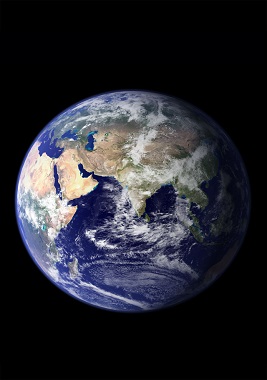

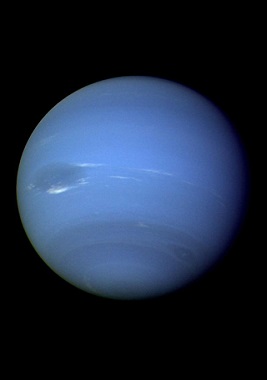
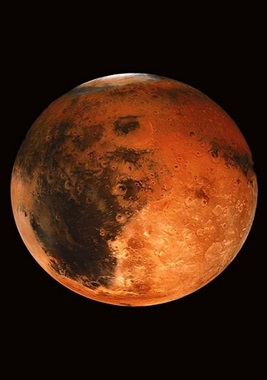
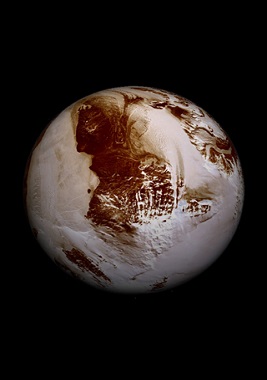
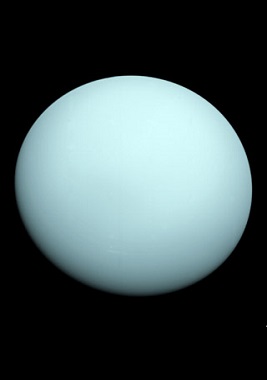
Home |
Stars |
Comets |
Planets |






The solar system, as we know it as today, contains eight known planets and three dwarf planets that are known to be presidents, but aren't considered to have the size of a considerable planet which are Ceres, Pluto, and Eris. The two groups of planets are the outer gas giants and the inner rocky.
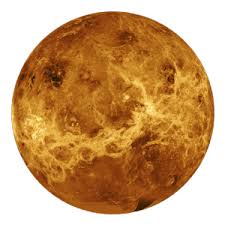
Mercury is one of the more quicker planets in space in terms of its speed. This planet takes a more elliptical orbit where the sun would appear almost three times as large as it does when it is seen relative to the Earth. Besides being seen during twilight, Mercury is difficult to see from the Earth since it is closest to the Earth and what is seen is difficult to due to the reflection of the Sun onto the planet. What makes Mercury unique is that this does not have an atmosphere, but rather has a thin exosphere made up of solar wind and striking micrometorids with a striking temperature.
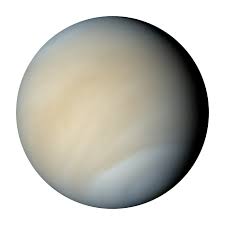
Venus is very similar in size with Earth in terms of mass, density, composition, and distance from the sun. The most vital difference between the two planets is that Venus is covered with a thick, rapidly spinning atmosphere, creating a scorched environment with hot temperatures, resulting in a pressure on its atmosphere that is about ninety times more stronger than that of Earth. Its amostphere is composed of carbon dioxide and sulfuric acidic droplets.
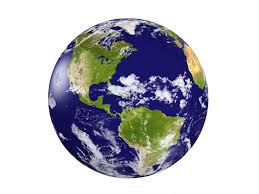
Earth, our home planet, is the planet in our Solar System currently known that is unique in harboring life. Earth is largely unpredictable with its atmosphere that is uninhabitable to have unique perspectives relative to space. Its protective atmosphere often results with an atmosphere having nitrogen, oxygen, and other ingredients that can envelope life on earth to span narrowly onto the temperatures of the solar system.
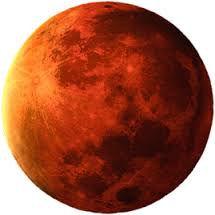
Mars is a small rocky body once thought to be very similar to Earth. Part of a group of terrestrial planets, this surface has been changed by impacts from other bodies in Space and volcanic activity on its surface. Most times, periodic dust storms occur on its surface which effects on wind-carved features on the face of Mars. Its atmosphere is too thin to allow liquid water to exist on its surface for too long but NASA suggests that the planet itself may have its own capabilities to reserve water under its surface as water springs beneath its red soil. Geographically, mars has remarkable geological characteristcs with the largest volcanic mountain in the Solar System, Volcaneous, and a rift valley that is yet to exist in our solar system.
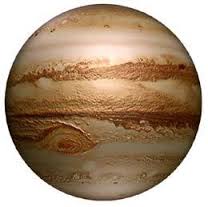
Jupiter is the fourth brightest object in the sky after the Sun, Moon, and venus. Jupiter is also the most massive planet in our solar system This planet was first discovered by Galileo in 1610 once he discovered Jupiters four moons. The surface of this planet has a tapestry of atmospheric features where its visible clouds are composed of ammonia. Underneath its surface exists bodies of water that can be seen through the planet's clear spots. Its atmosphere is the most similar to the Sun which is composed of hydrogen and helium where the temperature and pressure increases as you go deeper into the atmosphere.
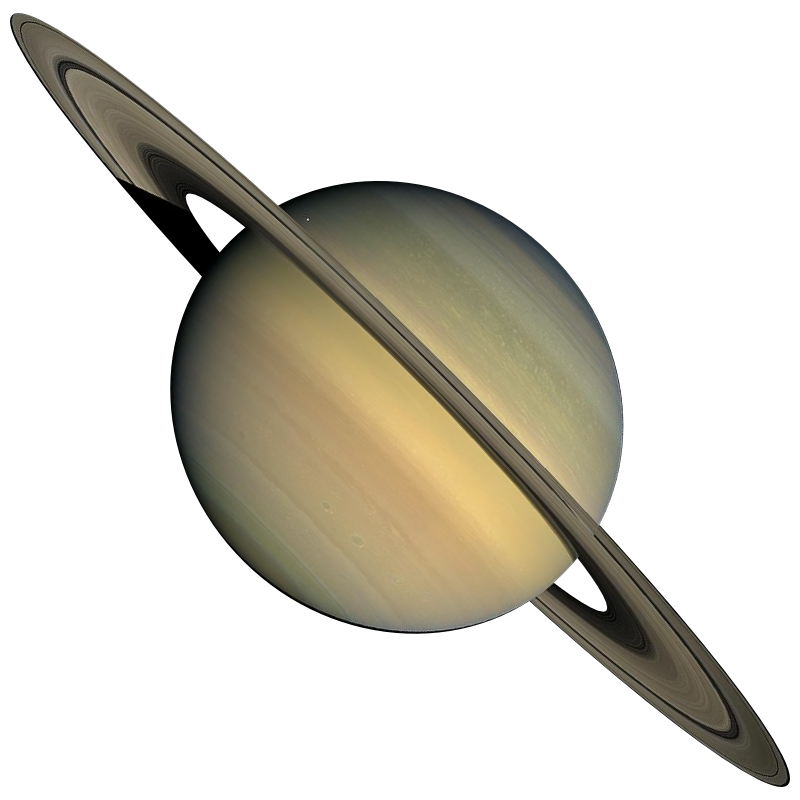
Saturn is very similar to Jupiter with its atmosphere being composed of helium and hydrogen where winds in the upper atmosphere are relatively high. Also in terms of being similar to Jupiter, both planets have a great ring system that encompasses "braided" rings, ringlets, and spokes of dark features of the ring material. From what is known from professional research, Saturn has 52 known moons, with the largest being known as Titan - which slightly larger than the planet of Mercury. Relatively, Saturn also has a magnetic field but it isn't as massive as Jupiter's. More is yet to be discovered regarding Saturn and its natural satellites.
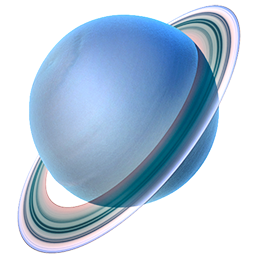
Uranus is one of the more blander-looking planets to be revealed with the brightest of clouds in the solar system with a number of eleven rings. This was the first planet to be found through the use of a telescope by William Herschel. Uranus has been come to be acknowledged as a gas gian planet where its atmosphere is composed of hydrogen and helium and a few traces of water and ammonia. The planet's rotational axis is more horizontal with highly unusual orientation that can possibly result in other types of collisions however with its magnetic field can also enhance its chances of having the planet tip over but also has the potential to keep the planet balanced while being rotated.

Neptune is one of the first planets to be discovered through mathematical predictions rather than direct observation like how Uranus was discovered through a telescope. Also unusual about Neptune is its winds that are three times stronger that those of Jupiter and nine times stonger that those of Earth. With six rings, Neptune has various thicknesses and pressures of atmospheres and are known to be shortly lived. Additionally, Neptune is currently known to have thirteen known natural satellites (moons) with temperatures at -391 degrees Fahrenheit, but is yet to be discovered why these temperatures are rising.
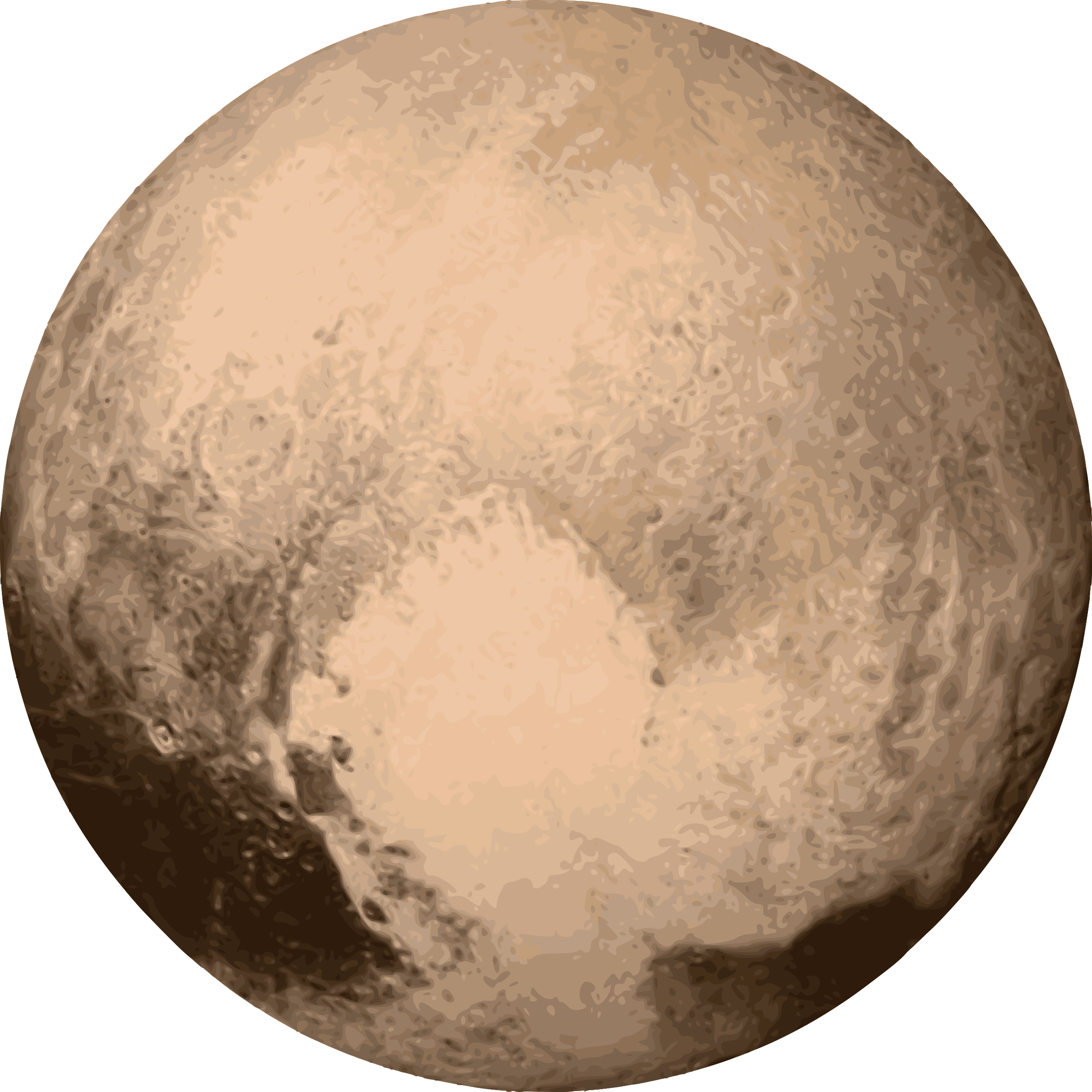
Pluto is a dwarf planet, but was once considered to be the smallest planet in the solar system and to be the ninth planet farthest away from the Sun. Pluto, as a dwarf planet, orbits the sun like any other planet but it is so small that i cannot clear other objects out of its path while orbiting around the Sun. Its atmosphere only has 1/15 the gravity of what Earth has and has a tilted orbit around the Sun with an atmosphere creating an extremely cold temperature on this dwarf planet.